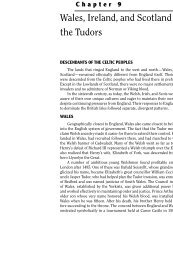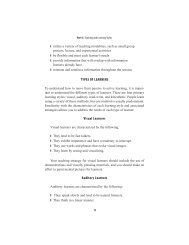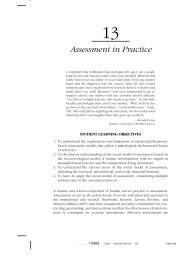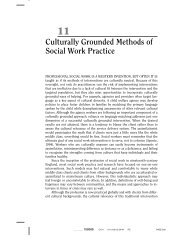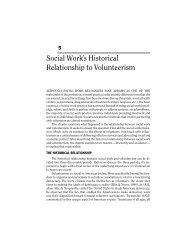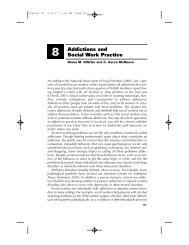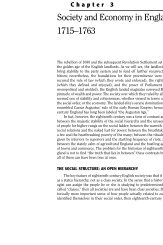Chapter 6 Medieval British Society, 1066–1485 - Lyceum Books
Chapter 6 Medieval British Society, 1066–1485 - Lyceum Books
Chapter 6 Medieval British Society, 1066–1485 - Lyceum Books
Create successful ePaper yourself
Turn your PDF publications into a flip-book with our unique Google optimized e-Paper software.
134 Part II Norman Britain<br />
King’s College Chapel from the south. Most of the wall space has been opened up for<br />
stained glass windows; the weight of the roof is carried on buttresses set at right angles to<br />
the main axis of the building.<br />
Reproduced by permission of the Royal Commission on the Historical Monuments of<br />
England.<br />
nave of Canterbury is an outstanding example. The fi nest of all the Perpendicular<br />
buildings is the chapel of King’s College, Cambridge, the result of Henry VI’s inspiration<br />
and Henry VIII’s continuing interest and fi nancial support. Although it<br />
is sometimes asserted that medieval architects were anonymous, that is untrue.<br />
Their names are often known. The greatest builders were perhaps William of Sens,<br />
a Frenchman who worked at Canterbury in the twelfth century and was seriously<br />
injured when he fell from scaffolding there, and John Wastell, a native Englishman<br />
who designed much of King’s College Chapel.<br />
Most of the medieval churches contain stained glass windows, which on sunny<br />
days fl ood the buildings with color as well as light. Thirteenth- century glass is surpassingly<br />
lovely; the gemlike brilliance of its reds and blues has never been equaled.<br />
But the larger windows created in the fourteenth and fi fteenth centuries have their<br />
own special merits. Unfortunately, much medieval stained glass was destroyed in<br />
later centuries, some of it by pious but misguided persons who regarded all pictorial<br />
art as blasphemous or superstitious, but enough remains, especially at Canterbury<br />
and York, for one to appreciate its quality. Pictorial windows were useful as teaching<br />
devices in the Middle Ages, when most people were illiterate and could not read the<br />
Bible itself. The large biblical scenes incorporated in Perpendicular- style windows<br />
were obviously ideal for this didactic purpose.<br />
Outside England, styles were similar but churches were built on a smaller scale.<br />
In Scotland, large cathedrals were erected at St. Andrew’s and Glasgow, with more<br />
humble churches suffi cing for the bishops of Aberdeen, Dunkeld, Dunblane, and




